Have you ever done a head-slap and said, "Why did I do that?"
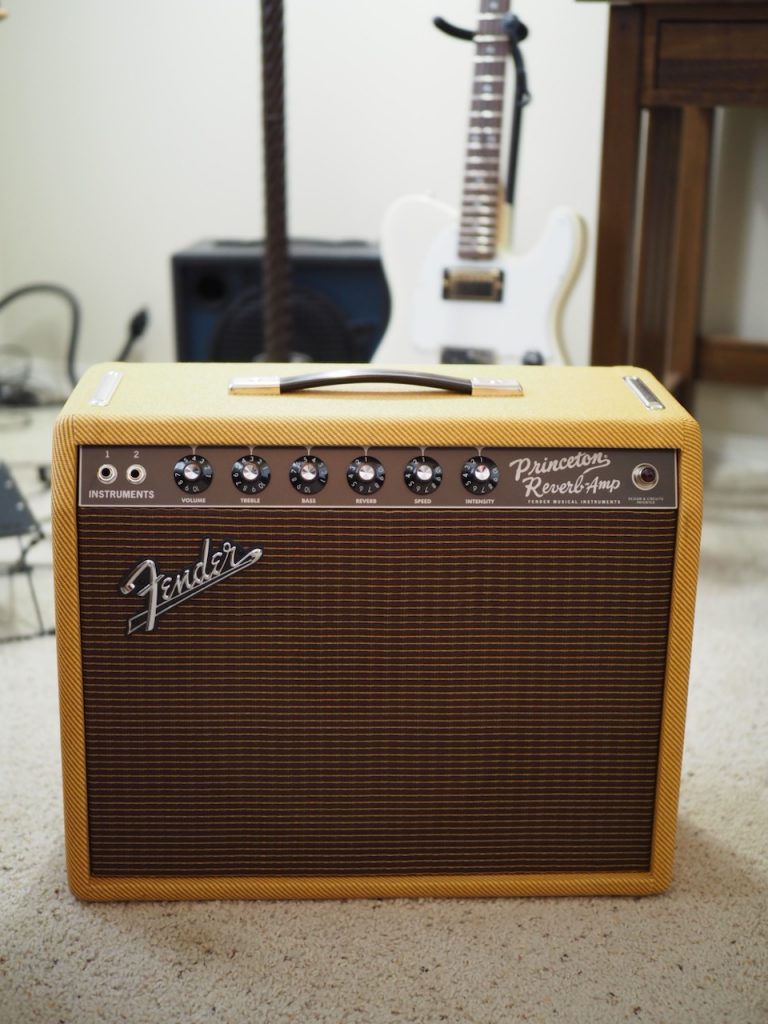
That's what I did after I wrote up my blog post about my tube-rolling adventure in my Fender '65 Princeton Reverb reissue guitar amplifier a little over a week ago (HERE).
When I ordered the NOS Sylvania tubes from Roy & Dale at Radio Electric Supply, I had ordered what I thought were just the "important" tubes for the '65 Princeton Reverb: the V7 5AR4 rectifier, the V6 & V5 6V6GT power tubes, and the V1 12AX7 preamp tube (which I substituted a 5751 for).
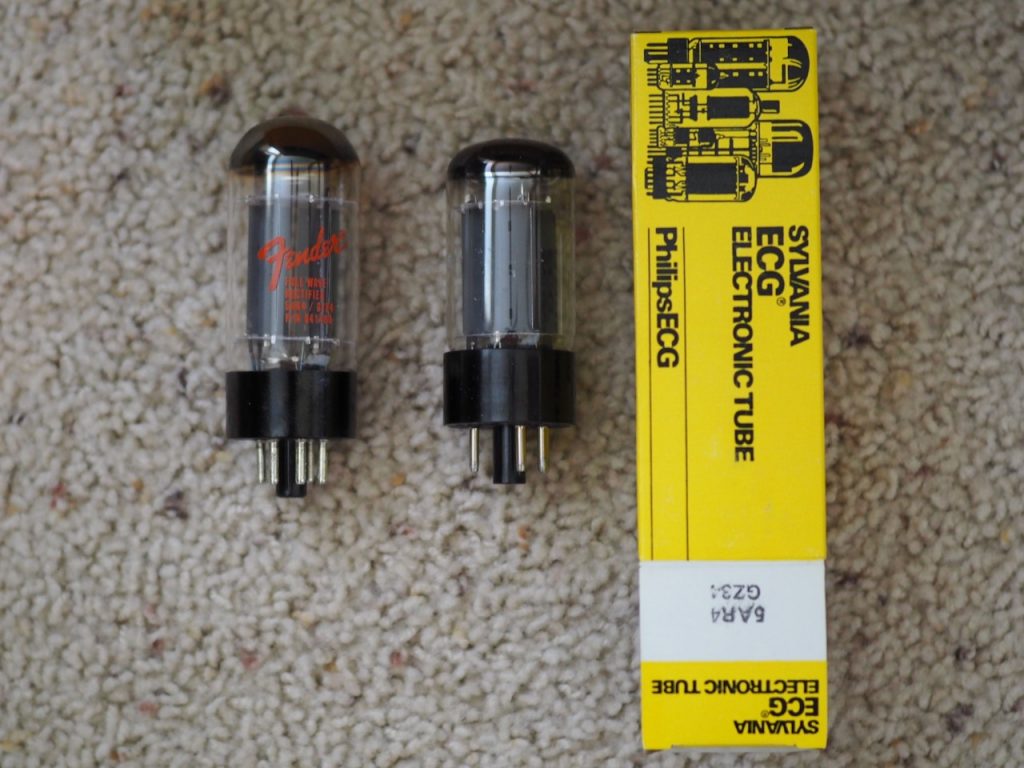
Stock 5AR4 (left), and Sylvania NOS 5AR4 rectifier (right).
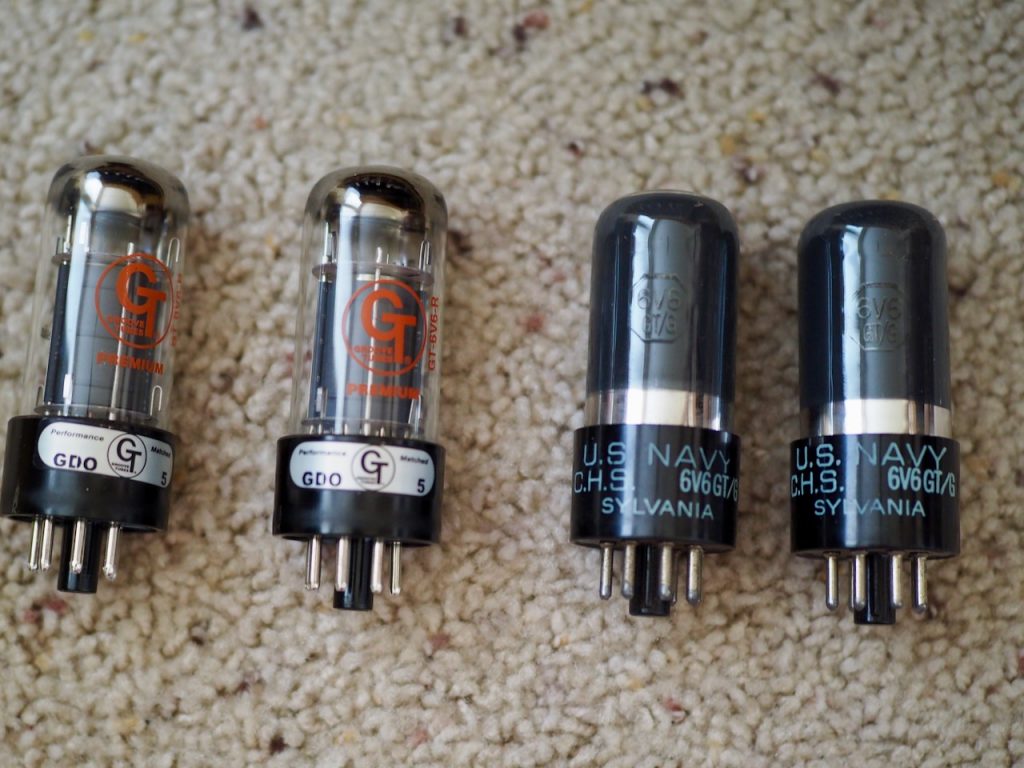
Stock 6V6 tubes (left), NOS Sylvania 6V6 tubes (right).

Stock 12AX7 (left), NOS RCA 5751 (center), NOS Sylvania 5751 (right).
Then I started wondering what my '65 Fender Princeton Reverb reissue amp would sound like with all NOS Sylvania tubes in the circuit.
That's where the head slap comes in, as I should have just ordered a complete NOS Sylvania tube set for it to begin with.
I corrected my mistake by contacting Roy & Dale once again, and ordering the rest of the tubes I needed for a full set of NOS Sylvania tubes in my '65 Princeton Reverb reissue guitar amplifier.

If you look at the photo above the tubes are as follows, from left to right: V1 12AX7 (preamp), V2 12AT7 (reverb send), V3 12AX7 (1/2 reverb recovery & 1/2 reverb mix), V4 12AX7 (1/2 vibrato & 1/2 phase inverter), V5 6V6 (power tube #1), V6 6V6 (power tube #2), and the V7 5AR4 (rectifier tube).
The three tubes I didn't replace were the V2 12AT7 (reverb send), V3 12AX7 (1/2 reverb recovery & 1/2 reverb mix), and the V4 12AX7 (1/2 vibrato & 1/2 phase inverter).
Those are the three tubes you see in the photo above with the orange labeling on them.

This afternoon I replaced the V2 12AT7 (reverb send), the V3 12AX7 (1/2 reverb recovery & 1/2 reverb mix), and the V4 12AX7 (1/2 vibrato & 1/2 phase inverter) tubes with NOS Sylvania tubes.
I think that I forgot to mention last time that I always treat the pins with Caig DeoxIT to clean them and improve the contact with the sockets.
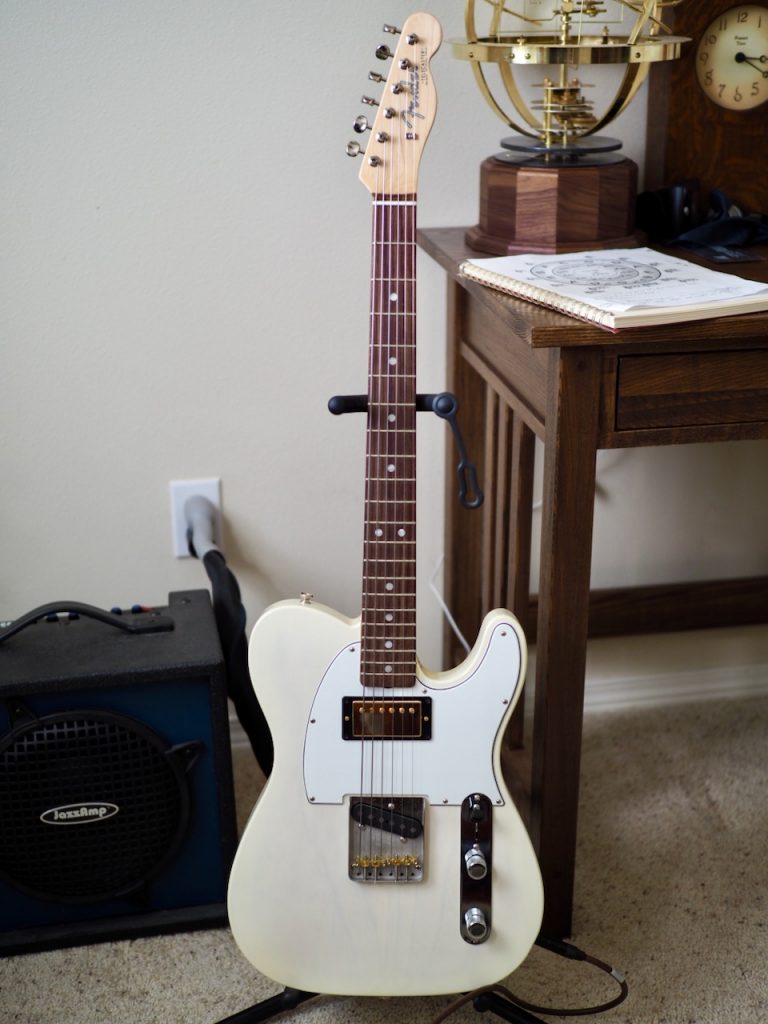
After getting the tubes in place I put the amp back together, plugged in my Telecaster, and gave it a try.
Oh, I should mention a few things first for a little more context.
First of all, the instrument cable I use to connect my '65 Princeton Reverb reissue to my Telecaster (or my Collings Eastside Jazz LC Deluxe archtop) is the classic tinned-copper Belden 8402 microphone cable terminated with Neutrik connecters that the guys over at Best-Tronics built for me.
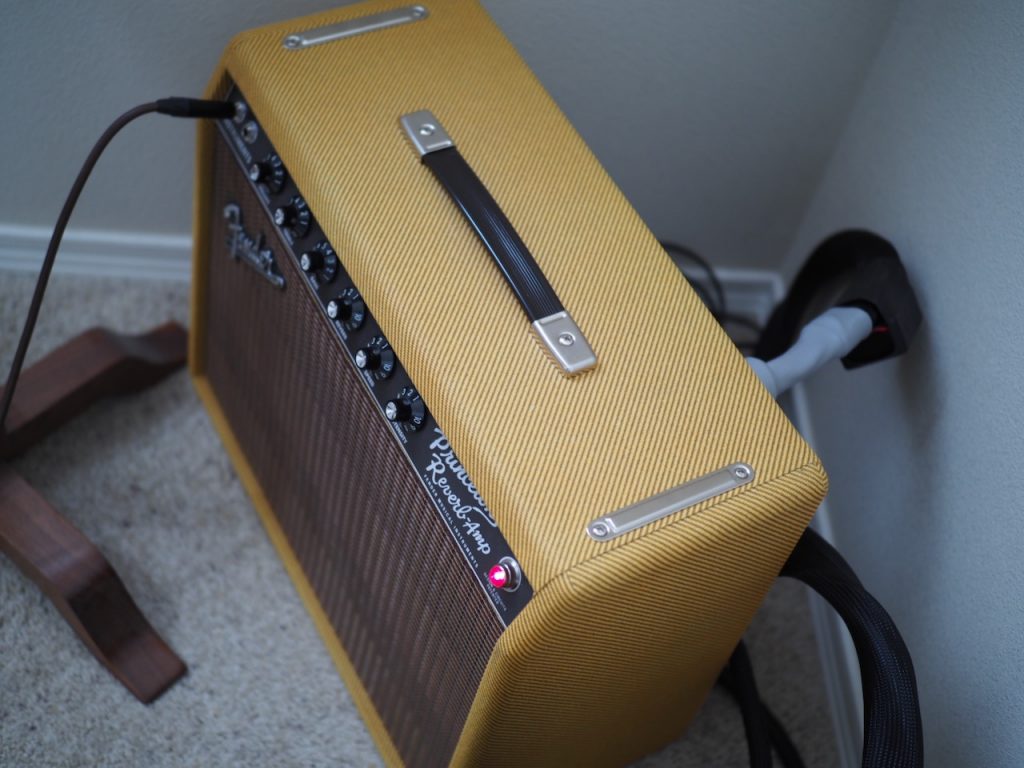
The Belden 8402 works great for microphone cables, RCA interconnect cables, and for guitar cables, and has that characteristic "tinned-copper" vintage sound. I really like it.
Secondly, I should also mention that the power cable I use for my '65 Princeton Reverb reissue guitar amp is a superb Sablon Audio Gran Corona. I know it probably sounds crazy to use such an exotic and expensive power cable, but just as in audio, a good power cable makes a big audible difference in performance.
I should also mention that my Telecaster is a Fender American Vintage '64 Telecaster that previously belonged to musician Ray LaMontagne, who had installed deluxe Lollar pickups in it, and a Mastery bridge plate and saddles.
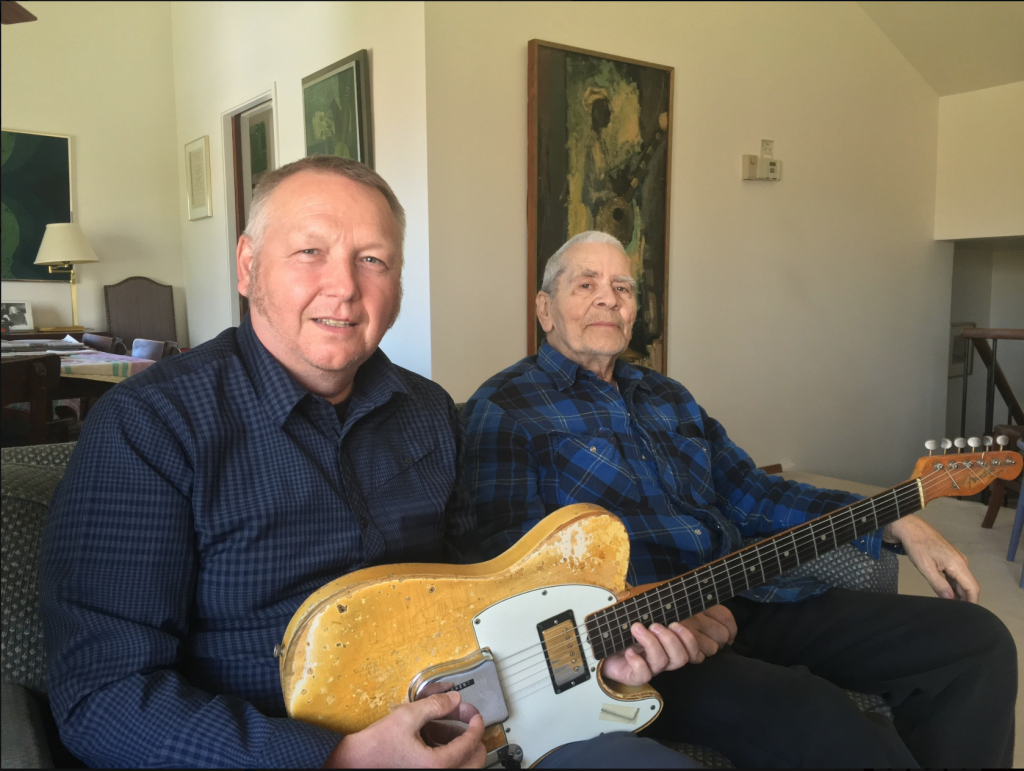
Roman Pokorny (left) with Ed Bickert (right). Roman is holding Ed's famous Telecaster.
The Lollar pickups are awesome, but I wanted to try making a "near replica" of the great Canadian jazz guitarist Ed Bickert's Telecaster, so luthier Mike Terry (below) milled out the neck pickup position in the body of my Tele so it could accept the larger Gibson '57 Classic pickup I wanted to use (which is about as close as I could get to what Ed used that is currently available today), and did a complete setup of it.
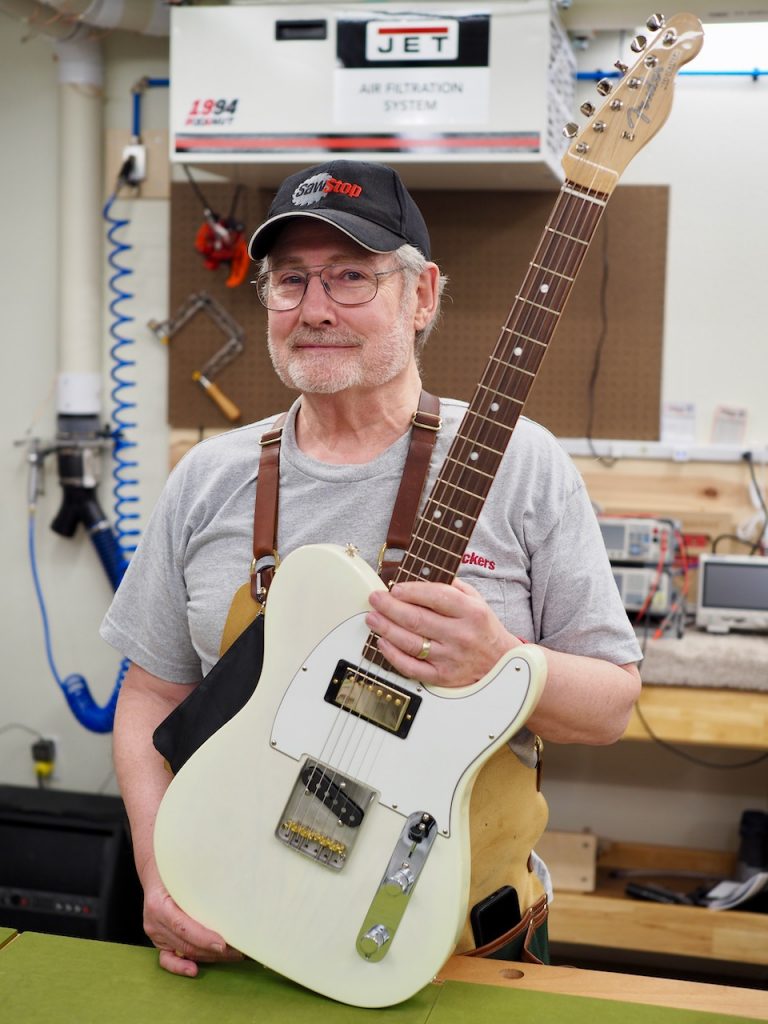
A little while after Mike installed the Gibson '57 Classic pickup, I decided I wanted to replace the Tele's electronics with the Emerson 3-way prewired kit for Tele's from Lollar (HERE), which features Emerson PRO CTS pots, point-to-point wiring with 22GA tinned-copper pushback wire, and a Emerson PIO tone capacitor that is a replica of the legendary Sprague Bumblebee caps of yore. All good stuff.

So I got out the soldering iron and did the electronics swap.
The last piece of the puzzle is the strings. I put on a set of D'Addario XL Chrome 12-52 flat wound strings.
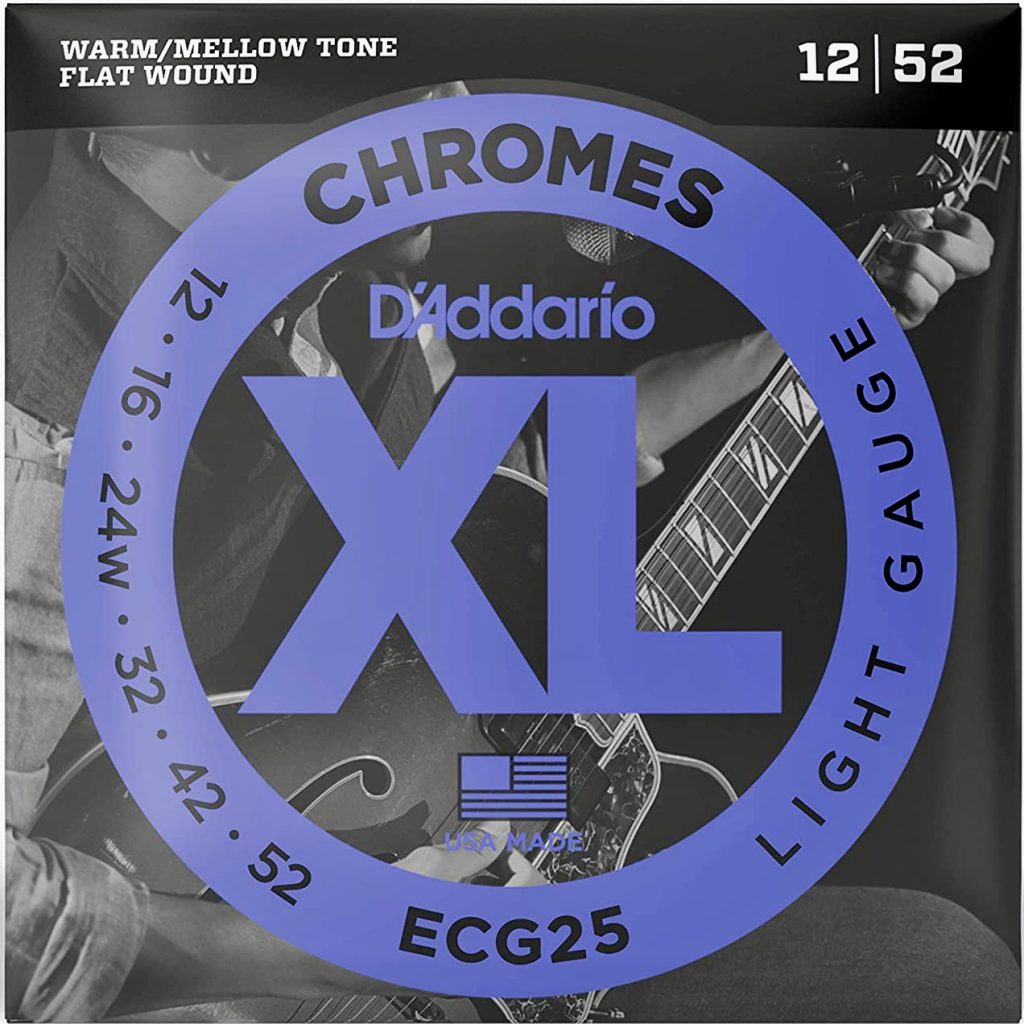
Ok, after saying all that, what did the full set of NOS Sylvania vacuum tubes do for the '65 Princeton Reverb reissue?
It turns out that replacing the V2 12AT7 (reverb send), the V3 12AX7 (1/2 reverb recovery & 1/2 reverb mix), and the V4 12AX7 (1/2 vibrato & 1/2 phase inverter) tubes with NOS Sylvania tubes made quite a lot more difference than I expected it would.
That is of course a nice outcome, as no one wants to spend money on vacuum tubes if they don't matter that much.
It turns out that the NOS Sylvania tubes in V2, V3, and V4 contributed to the '65 Princeton Reverb's performance by making it an overall quieter amplifier, and contributed positively to the silky, liquid, tonally rich presentation that I heard from replacing the stock vacuum tube set at V1, V5, V6, and V7 with NOS Sylvania's.
Lesson learned: NOS Sylvania tubes are a huge improvement over the stock tube complement, and if you are going to replace the tubes in your '65 Princeton Reverb, V2, V3, and V4 make more of a contribution to the overall sound quality than I expected, so go for a full set of replacement tubes, I think you'll be glad you did.
It might be a while before I can get to it, but I want to follow-up one of these days and try the NOS G.E. 6V6GT black-plate power tubes that CP recommended to me in my Fender '65 Princeton Reverb reissue guitar amplifier.
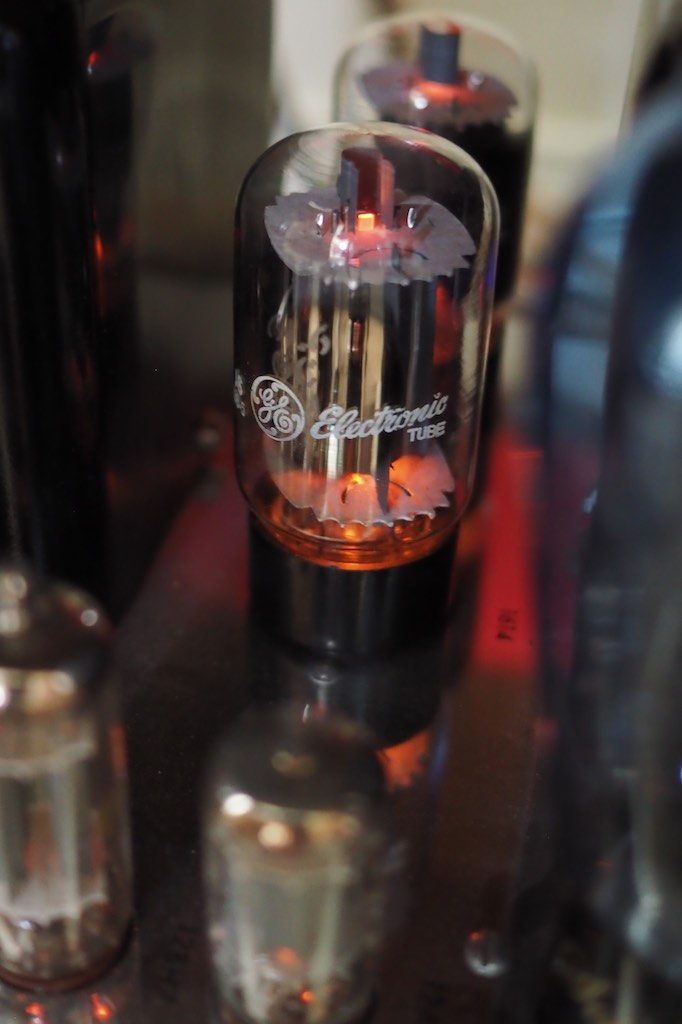
NOS GE 6L6GC vacuum tubes.
The G.E. 6L6GC tubes are by far my favorite power tubes in my vintage McIntosh MC30 monaural amplifiers, so I am quite interested in giving the NOS G.E. 6V6GT black-plate power tubes a try in the '65 Princeton Reverb.
Ok, that's all for now.
As always, thanks for stopping by, and may the tone be with you!
Postscript
My friend Mike Terry sent me an interesting message about 5-way switching for two pickup Telecasters and it got me to thinking about modifying my Tele (and maybe my Collings Eastside Jazz LC Deluxe archtop).
One thing that it seems I'm always after in my guitars is a warmer, richer, and more liquid sound for jazz.
So I may have to do a little experimenting with my Telecaster to see what I can come up with.
Lollar has an Emerson 4-way drop-in Tele electronics replacement HERE, and Monty's Guitars has a 5-way drop-in Tele electronics replacement HERE, for example.
These electronics packages replace the stock 3-way Tele electronics and allow you more options to shape the tone to your liking. In particular, I find connecting the bridge & neck pickups in series interesting, as it gives more "fullness". Both the 4-way & 5-way electronics have this as an option.
You can also shape tonal qualities by varying the value of the potentiometers and tone caps.
Generally speaking, a higher value of capacitance rolls off the high frequencies more. Fender has used 0.047uF, 0.1uF, and 0.02uF tone caps in the past, and for example, the Emerson 3-way electronics package I installed in my Tele uses a 0.047uF tone cap.
Potentiometers also effect guitar tone, as they are variable resistors. Generally speaking, lower values of potentiometer resistance warms the tone, and larger values give a brighter tone.
The Emerson 3-way electronics package I installed in my Tele uses 250K pots, which provide a warmer tone than do 500K pots, for example.
My Collings Eastside Jazz LC Deluxe archtop uses 500K pots for its Charlie Christian pickup, so potentially (pun!) I could use 250K pots in it and get warmer tone.
Ok, that's all for now.
As always, thanks for stopping by, and may the tone be with you!



























